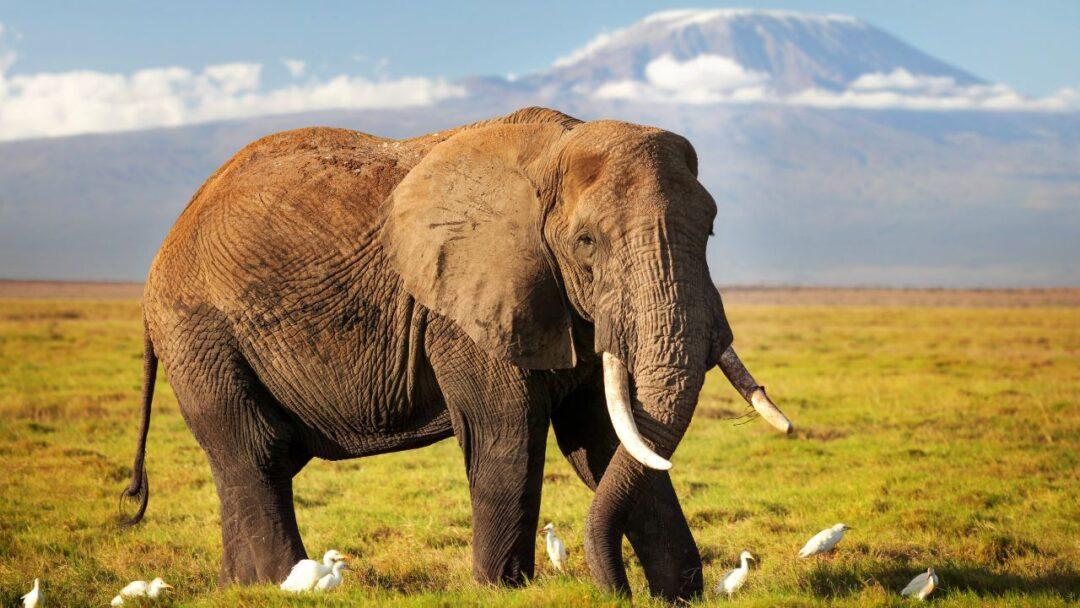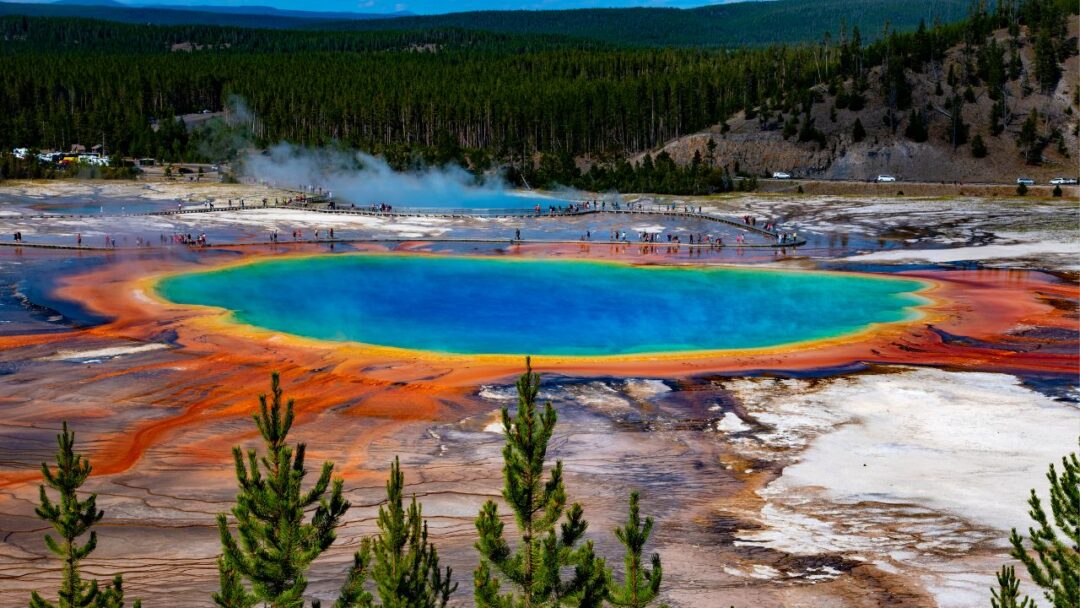Table of Contents
Introduction:
Wildlife is a fascinating and diverse group of organisms that inhabit our planet. From the smallest insects to the largest mammals, the natural world is full of wonder and amazement. In this blog post, we will explore 30 amazing wildlife facts that will leave you in awe. We will categorize the facts into different sections based on animal behavior, hunting, and power.

Animal Behavior:
- Elephants can recognize themselves in mirrors.
- Gorillas can learn sign language and communicate with humans.
- Chimpanzees have been observed using tools to obtain food.
- Dolphins have unique whistles that they use to communicate with each other.
- Wolves hunt in packs and have a complex social hierarchy.
- Otters hold hands while they sleep to avoid drifting apart.
- Male penguins propose to their partners by presenting them with a pebble.
- Meerkats have a lookout who keeps watch for predators while the rest of the group forages for food.
- Bowerbirds build elaborate structures and decorate them with bright objects to attract mates.
- Ants communicate with each other using pheromones.

Hunting:
- Cheetahs are the fastest land animals and can reach speeds of up to 75 mph.
- Lions are the only social cats and hunt in groups called prides.
- Polar bears can smell prey from up to 20 miles away.
- Great white sharks can detect a drop of blood in 25 gallons of water.
- Orcas are the only known predators of great white sharks.
- Tigers can leap up to 30 feet in a single bound.
- Jaguars have the strongest bite force of any big cat.
- Komodo dragons have venomous saliva that can paralyze prey. (Komodo Dragon VS Honey Badger)
- Mantis shrimp have incredibly fast and powerful punches that can break aquarium glass.
- Peregrine falcons can dive at speeds of up to 240 mph to catch prey.

Power:
- The blue whale is the largest animal on Earth, weighing up to 200 tons.
- Elephants can lift objects weighing up to 9,000 pounds with their trunks.
- African elephants have the largest brains of any land animal.
- Rhinoceros beetles can lift objects that are 850 times their own weight.
- The anaconda is the largest snake in the world and can swallow prey whole.
- The honey badger has been known to take on animals much larger than itself, including lions and hyenas.
- Kangaroos can jump up to three times their own body length.
- The saltwater crocodile is the largest living reptile and can grow up to 23 feet long.
- The African elephant is the strongest land animal and can push down trees with ease.
- The sperm whale has the largest brain of any animal, weighing up to 18 pounds.
The Importance of Wild Animals for Earth’s Ecosystems
Wild animals are an essential component of the Earth’s ecosystem. They play a critical role in maintaining the balance of nature and preserving biodiversity. Wild animals are integral to many ecological processes, including pollination, seed dispersal, and the control of pest populations. They also contribute to the nutrient cycling and soil formation process, which is essential for maintaining healthy ecosystems.
Furthermore, wild animals provide a source of food, medicine, and other essential resources for human populations. Many indigenous communities around the world depend on wild animals for their livelihoods and cultural practices. Wild animals also have important cultural and spiritual significance for many people, serving as symbols of strength, freedom, and power.
Unfortunately, many wild animal populations are under threat due to habitat loss, climate change, pollution, and human activities such as hunting and poaching. The decline in wild animal populations can have devastating consequences for ecosystems and the planet as a whole. Without wild animals, many ecological processes would be disrupted, and biodiversity would be greatly diminished, leading to imbalances in the natural world.
It is therefore crucial that we take steps to protect and conserve wild animals and their habitats. This includes promoting sustainable practices, reducing human impacts on natural habitats, and implementing laws and regulations to prevent hunting and poaching. By protecting wild animals, we can ensure the health and longevity of our planet’s ecosystems and secure a better future for ourselves and future generations.
Conclusion
The natural world is awe-inspiring and full of wonder. Understanding wildlife’s behaviours, hunting techniques, and amazing abilities is critical to recognising how important it is to keep the ecosystems on our world in balance. Every animal, from the tiniest bug to the greatest beast, has something special and intriguing about them that makes them deserving of our appreciation and respect. We may motivate ourselves and others to value and preserve the environment around us by learning about the amazing facts and wonders of wildlife.




